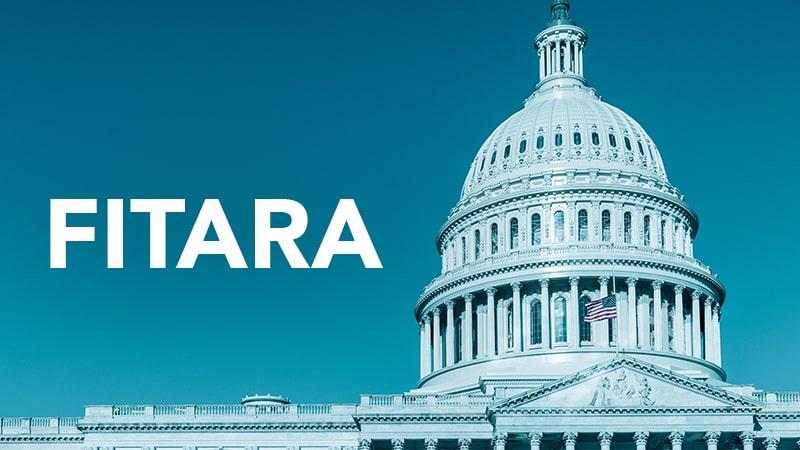
There is a consensus among lawmakers that the FITARA Scorecard should evolve to encompass the evolution of agency infrastructure for a more valuable analysis of an agency’s IT management maturity of its unclassified systems environment.
The American Council for Technology – Industry Advisory Council (ACT-IAC) released a report detailing several recommendations on how the Federal government can evolve the FITARA Scorecard.
The FITARA Scorecard grades Federal agencies based on their performance in seven key areas – agency CIO authority enhancements (incremental development), transparency and risk management, portfolio review, data center optimization initiative, software licensing, modernizing government technology, and cyber.
It has served as a tool for Congress, agency officials, and outside stakeholders to better understand how agencies across the government are managing and securing IT. In addition, the Scorecard gives Congress a tool to hold Federal agencies accountable for implementing basic IT practices that improve the operation of the Federal government.
The ACT-IAC convened a team of former senior government IT leaders, all of whom have had some involvement in FITARA, to develop recommendations on how best to evolve the Scorecard. Their primary objective in the development of their recommendations “was to keep it simple, so the grading mechanism could be understood by all relevant stakeholders,” the report read.
The recommended changes to the Scorecard are:
- Evolve the current incremental development category to encompass modern system development practices with a category measuring the use of agile, DevSecOps, and customer experience (CX) best practices in an agency.
- Evolve the enhanced transparency and improved risk management and portfolio review categories to the IT modernization planning and delivery category, which will codify the need for agencies to do proper IT modernization planning and develop the execution capability to deliver on those plans.
- Evolve the Federal data center optimization initiative category into a cloud computing adoption category to reflect the necessity of migrating to a new, modern, interoperable IT infrastructure.
- Evolve the modernizing government technology category into an IT budget category that recognizes the importance of IT activity-based cost accounting along with an agency’s ability to benchmark elements of its IT infrastructure and services with other agencies and private-sector corporations.
- Evolve the existing cybersecurity category by measuring an agency’s cybersecurity posture, including adopting modern practices, notably implementing a zero-trust architecture.
- Keep the transition off General Services Administration’s expiring telecommunications contracts category as it is.
- Evolve the CIO authority category to reflect the criticality of the CIO having insight and real authority over the total agency IT budget and the procurements related to the purchasing of IT-related products and services.
- Create a new IT workforce category that measures an agency’s ability to address its IT workforce challenges, including an agency having understood its workforce gaps and having the ability to recruit, develop, and retain IT staff.
In addition to the above recommendations, the report asks lawmakers to consider adding two additional categories to future Scorecards – CX and cross-agency collaboration.
The report explains that although “the recommendation above for modern system development practices includes an element for CX best practices for co-creation and user-driven design,” because of the increased attention on CX across the Federal government “there should be an effort to identify how the mission benefits of agency CX efforts can be measured and added as a category to the Scorecard.”
The report also explains that “there are many instances in which the provision of a product or service from an agency requires cooperation with one or more other agencies.” Therefore, including a category on cross-agency collaboration can help lawmakers and other relevant stakeholders understand “how well a set of agencies cooperates has a significant impact on the quality and efficiency by which an agency delivers its products or services.”
However, while consideration of the additional categories is important, the report recognizes that they’re not easily graded now.
“Either the measures themselves are still immature, or the required data would be difficult to gather,” the report explains. “The recommendations for near-term changes to the Scorecard are substantial, the recommendation is to implement those first and investigate the potential addition of these two categories over the next two years.”
